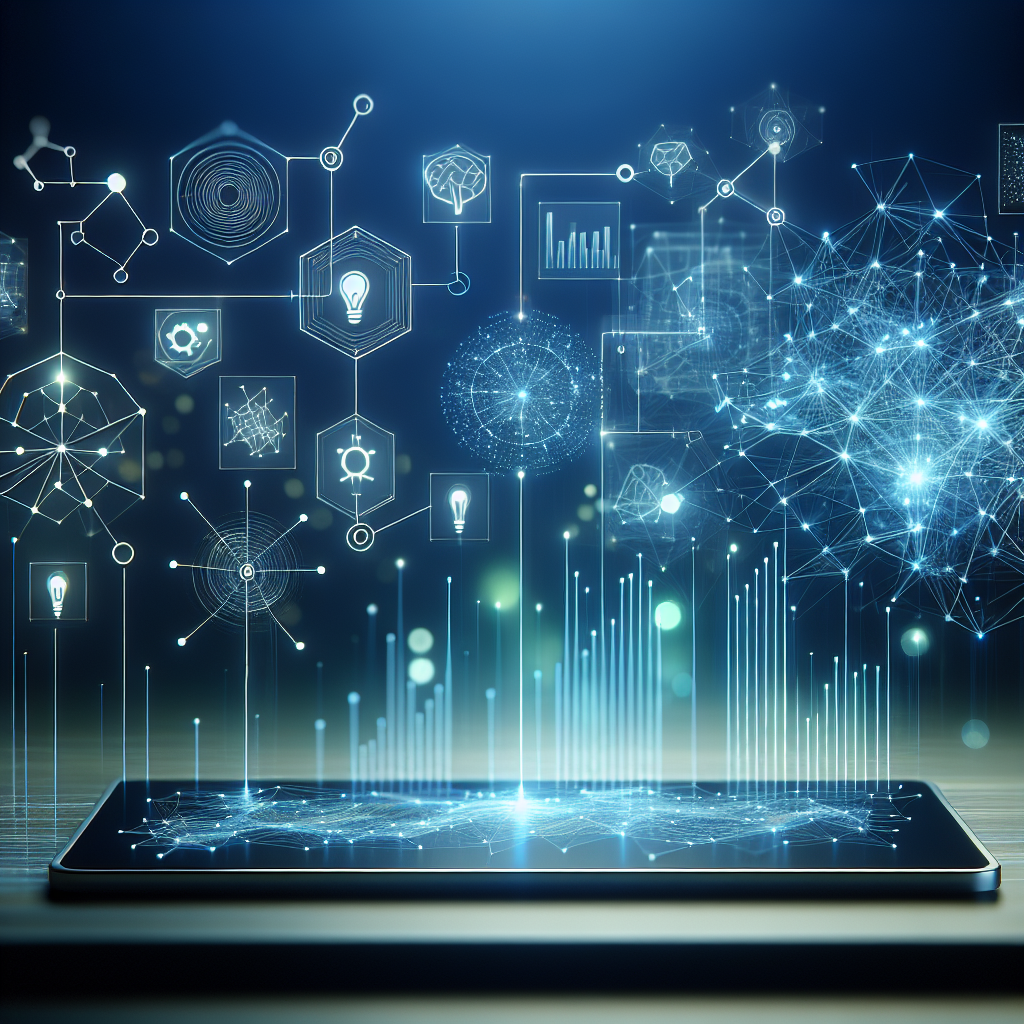Fix today. Protect forever.
Secure your devices with the #1 malware removal and protection software
In recent years, Graph Neural Networks (GNNs) have emerged as a powerful tool for analyzing and processing complex data sets. By representing data as graphs and using neural networks to process this information, GNNs can uncover hidden patterns and relationships that traditional machine learning algorithms may overlook. Harnessing the power of GNNs can lead to enhanced data analysis and more accurate predictions in a wide range of fields.
One of the key strengths of GNNs is their ability to capture the relational information present in graph data. In a traditional neural network, each data point is treated as independent, making it difficult to model the dependencies between them. However, in a graph neural network, nodes in the graph are connected by edges that represent relationships or interactions between them. This allows the GNN to leverage the structure of the graph to learn more complex patterns and make more accurate predictions.
GNNs have been successfully applied to a variety of tasks, including social network analysis, recommendation systems, and biological network analysis. For example, in social network analysis, GNNs can be used to predict connections between users based on their interactions and shared interests. In recommendation systems, GNNs can learn to recommend products or services based on the preferences and behaviors of similar users. In biological network analysis, GNNs can help researchers uncover relationships between genes, proteins, and diseases, leading to new insights and discoveries.
To harness the power of GNNs for enhanced data analysis, it is important to understand the basic principles behind graph neural networks and how they can be applied to different types of data. This includes preprocessing data into a graph structure, defining the architecture of the GNN, and training the model on the data. It is also important to consider the scalability and efficiency of GNNs, as processing large graphs can be computationally intensive.
Overall, leveraging the power of GNNs can lead to more accurate predictions, better insights, and enhanced data analysis in a wide range of fields. By representing data as graphs and using neural networks to process this information, GNNs can uncover hidden patterns and relationships that traditional machine learning algorithms may overlook. As the field of graph neural networks continues to evolve, we can expect to see even more innovative applications and advancements in data analysis.
Fix today. Protect forever.
Secure your devices with the #1 malware removal and protection software
#Harnessing #Power #GNN #Leveraging #Graph #Neural #Networks #Enhanced #Data #Analysis,gnn

Leave a Reply
You must be logged in to post a comment.